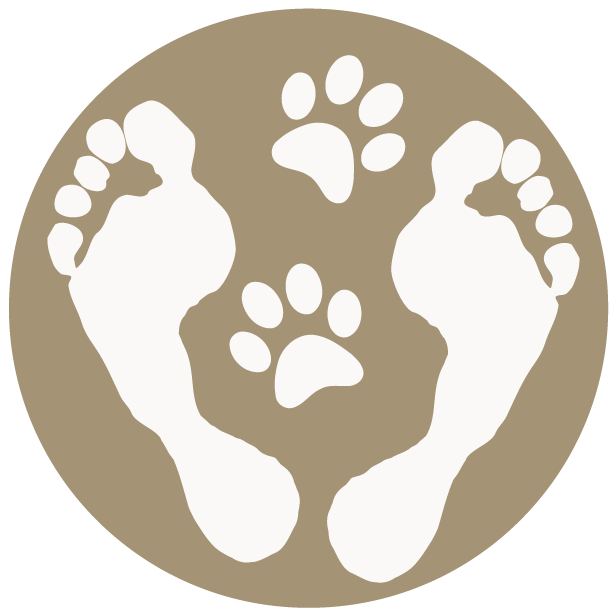The 7 Big Human Things that Contribute to the Big Dog Things
PackFit specializes in behavior. The beautifully complex, intricately layered world of behavior. And because we specialize in behavior, this means we take a magnifying glass to, explore, and pay homage to all of the ingredients that gave rise to and nurture(d) it. This is why - when our process is trusted and followed- the results are (...and I quote from multiple people) "life changing" and "completely transformational."
When I first started in this line of work, I never realized just how much of my health and life coaching background I'd be drawing upon. But as I started delving deeper and deeper into this work, it quickly became apparent the human end of the leash was a critical (and often missing) ingredient in the overall behavioral puzzle. One most aren't necessarily aware of, let alone equipped to handle or effectively speak to... which places limits on what can be achieved behaviorally. It's not just about "training the dog."
Through working with countless people and their dogs over the last several years, here are the 6 big "human things" I've identified that contribute to and influence a lot of the "dog things" people are struggling with. These 6 things that always, without fail, pop up are : trauma, attachment style (how we relate, connect to, and perceive others; the types of bonds we form and why; developed in very, very early points in our lives), insecurities/shame/guilt and level of confidence, blocks/denials/defenses and resistance, worry/fear and anxiety, and coping mechanisms/styles and tactics.
Blocks, denials, defenses, and resistance, and coping mechanisms and tactics are human "protector parts" that'll pop up when activated. These protector parts were born to hide the trauma, wounds, insecurity, shame, guilt, anxiety, fear, etc. from being seen, and to shield us from more taking form or adding to it. Oftentimes, all it takes is a little bit of light being shined upon them to trigger them... and you know when it happens. Triggers don't just happen with clients, but with the trainer and coach, as well; which is why personal awareness, development, and the art and practice of conscientious and mindful communication is so very important for trainers to understand. Learning how to “train dogs” isn’t enough, and the majority of “dog training“ only speaks to the mental body of the dog. Not the emotional body, which is where the crux of “behavior” lies.
Change happens through *safe* relationships, and the client - trainer relationship is not exempt from this. The dog needs to feel safe with the trainer and the client. The client needs to feel safe with the dog and the trainer. And the trainer needs to provide a safe container for all. Safe spaces allow truths to unfold and also be witnessed... and this usually takes time (which is usually fixed, limited in some way, or rushed).
Our dogs are looking to us for their cues, guidance, directives, and - especially- how to feel about every situation and set of circumstances we bring them into and welcome into their orbit. To help them feel safe, secure, and comfortable in their own skin and out in the world around them, we've got to represent a source of safety, security, and comfort ourselves. This also means facing, feeling, and dealing so we can work on our own healing.
This is why this work is so important.... and so needed.
Not just for those struggling with their dogs, but also the ones in the position to help and guide them through it (which is *exactly* why we started the Consulting sector of PackFit).
This work isn't easy... but it's absolutely worth it. In more ways than one.

